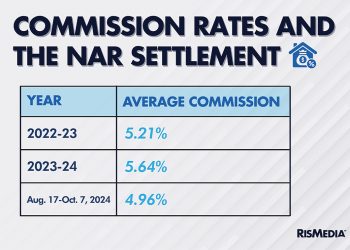 The term “short sale” is a bit of an oxymoron considering the often arduous task of actually completing one. A short sale occurs most often when the homeowner has a financial hardship, and so a lender agrees to accept less than the amount the homeowner owes. However, these complicated processes can take months to complete, and depend on a myriad of variables, including the number of involved lenders and any attached mortgage insurance. The transaction is not a simple one, and when a buyer or seller is laboring over a short sale for six months or longer, it can be hard to keep spirits high.
The term “short sale” is a bit of an oxymoron considering the often arduous task of actually completing one. A short sale occurs most often when the homeowner has a financial hardship, and so a lender agrees to accept less than the amount the homeowner owes. However, these complicated processes can take months to complete, and depend on a myriad of variables, including the number of involved lenders and any attached mortgage insurance. The transaction is not a simple one, and when a buyer or seller is laboring over a short sale for six months or longer, it can be hard to keep spirits high.
You may remember that 2012 was dubbed the “year of the short sale,” and short sale inventories were booming. As the real estate climate changes, the abundance of short sales on the market seems to be equating to a slower selling time. In April, the median time on the market for all single family homes was 74 days in February, up from 71 in January, according to the National Association of REALTORS®. Short sales had a median of 101 days on market, up from 94 in January. While this data seems to imply that the length of time it takes to complete a short sale is growing, not all experts agree.
“From my experience, the short sale process has actually gotten shorter and easier to manage. Cooperative and streamlined short sales, which most of the banks have implemented, have actually sped the process, requiring less paperwork and resulting in faster turnaround,” notes Brandon Brittingham, a Long & Foster agent who has closed hundreds of short sales. Brittingham is also the co-creator of Short Sale Campus, a training and marketing program to help sales associates better manage the short sale process. Below are several of his tips for keeping clients in good spirits, and ensuring that their short sale process goes as smoothly as possible:









